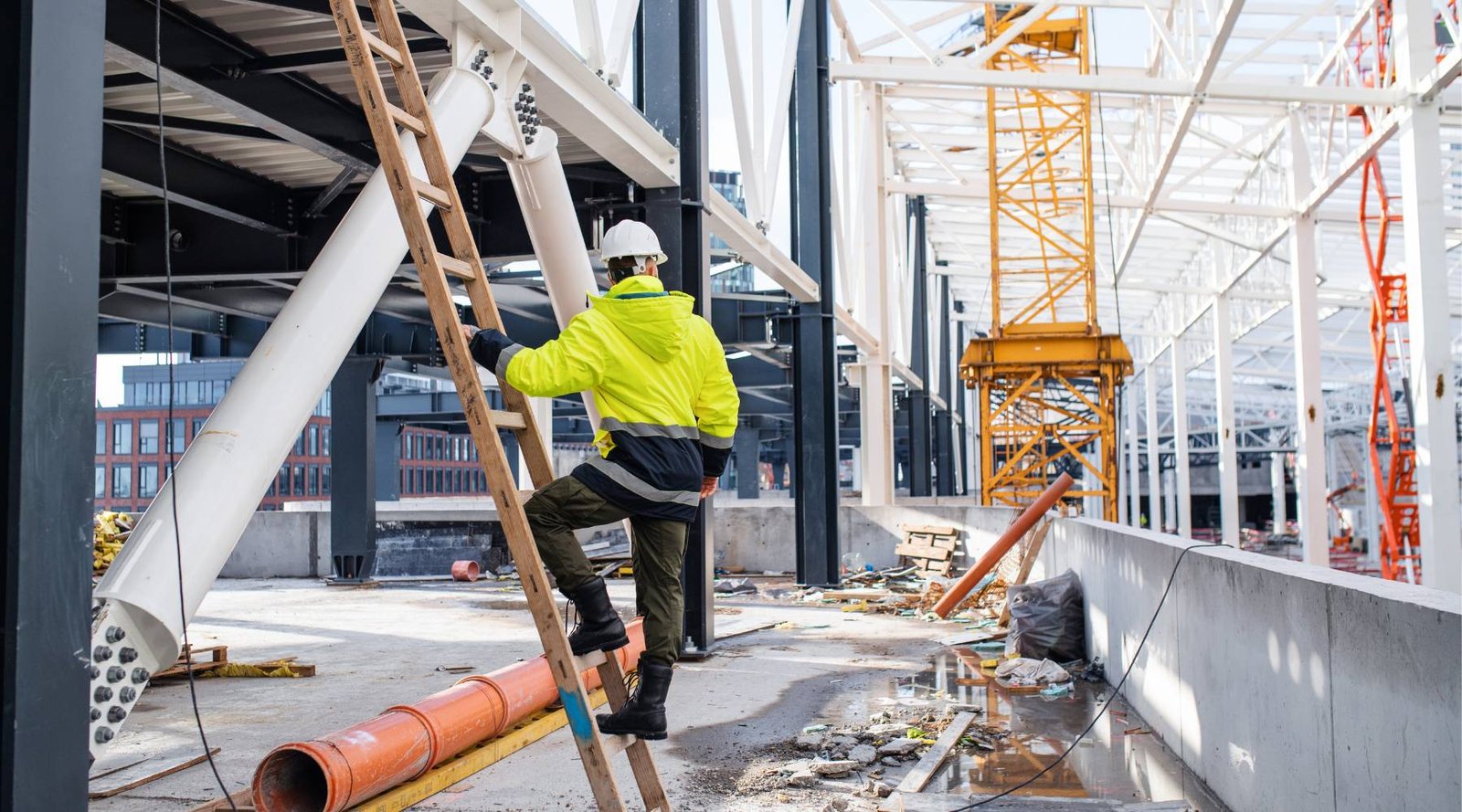Electrical safety is one of the most critical aspects of maintaining a secure working environment on construction sites. With the widespread use of power tools, temporary wiring, and heavy machinery, workers are exposed to electrical hazards daily. A failure to follow safety guidelines can lead to electric shocks, burns, fires, or even fatalities. Ensuring proper electrical safety practices not only safeguards workers but also ensures legal compliance and project continuity.
In this article, we explore the best practices for electrical safety on construction sites, including proactive measures and industry recommendations that can make a significant difference.
Understanding Electrical Hazards on Construction Sites
Construction environments are dynamic and inherently risky, with constantly changing work areas and new equipment installations. Electrical hazards can arise from:
- Damaged or exposed wiring
- Improper use of extension cords
- Poorly maintained electrical tools
- Lack of grounding on temporary power systems
- Contact with overhead or buried power lines
These hazards are exacerbated by environmental factors such as rain, which increases the risk of electric shock, and the presence of flammable materials that can lead to fires when exposed to sparks or short circuits.
Top Electrical Safety Best Practices
1. Regular Inspection and Testing of Equipment
All electrical tools, cords, and equipment should be inspected before use. Look for signs of wear, fraying, or damage. Any equipment showing defects should be removed from service immediately and either repaired or replaced.
Routine testing of Residual Current Devices (RCDs) is also essential. RCDs can detect current leakage and shut off power quickly, preventing serious injuries or fires.
2. Use of Ground-Fault Circuit Interrupters (GFCIs)
GFCIs are vital for protecting workers from electrical shock. These should be installed on all temporary power systems, particularly in outdoor or wet environments. GFCIs monitor electrical flow and cut power when an imbalance is detected, reducing the risk of fatal shocks.
3. Avoiding Overloaded Circuits
Overloading circuits is a common yet dangerous mistake on construction sites. Using too many tools or machines on a single circuit can cause overheating, leading to fires. Proper load management and planning for sufficient power supply can prevent such scenarios.
4. Ensuring Proper Grounding
All electrical systems and equipment must be properly grounded. Grounding provides a safe path for electrical currents in case of a fault, preventing shock or electrocution. Temporary systems, including generators, should follow proper grounding protocols.
5. Training and Awareness
Workers must be trained in electrical safety, including how to identify hazards, report issues, and use equipment safely. Toolbox talks and refresher training sessions help reinforce safety culture on the site.
Special attention should be given to new employees and contractors unfamiliar with the site’s electrical systems or procedures.
Administrative Controls for Electrical Safety
Create an Electrical Safety Plan
An electrical safety plan outlines procedures for safe installation, use, and maintenance of electrical systems. It should include emergency contact information, shut-off procedures, inspection schedules, and risk assessment strategies.
Lockout/Tagout (LOTO) Procedures
LOTO procedures are essential for preventing accidental energizing of equipment during maintenance. Only trained and authorised personnel should perform lockout procedures, ensuring that circuits are safely de-energized and cannot be restarted until work is complete.
Use of Signage and Barriers
Warning signs and physical barriers should be used to prevent unauthorized access to live electrical areas. Signage should be clear, durable, and displayed in strategic locations around high-risk zones.
Personal Protective Equipment (PPE)
PPE should be provided to workers exposed to electrical risks. This includes:
- Insulated gloves and boots
- Flame-resistant clothing
- Safety helmets with dielectric protection
- Eye and face protection (especially during cutting or welding tasks)
While PPE is the last line of defense, it’s a necessary one when engineering or administrative controls cannot eliminate all risk.
Keeping Up With Local Regulations
Construction companies must adhere to regional health and safety standards. Whether operating in urban centers or more suburban areas, compliance ensures both worker safety and legal protection.
For instance, construction companies working across areas like Health and Safety London, Health and Safety Surrey, or Health and Safety Hertfordshire must remain up to date with local regulations and industry standards. Each of these regions may have specific guidelines, enforcement protocols, or inspection routines that influence how electrical systems are managed on construction sites.
Emergency Preparedness
Despite best efforts, accidents can still happen. Every site should have an emergency response plan tailored to electrical incidents. This includes:
- Easily accessible fire extinguishers rated for electrical fires
- First aid kits and trained responders on-site
- Clearly marked emergency shut-off switches
- Immediate access to emergency medical services
A well-rehearsed plan can significantly reduce the severity of injuries and improve outcomes in emergencies.
Conclusion
Electrical safety on construction sites is non-negotiable. By implementing thorough safety protocols, maintaining equipment, training workers, and adhering to local health and safety guidelines, companies can drastically reduce the risk of incidents.
Whether you’re operating in the heart of London or on projects across Surrey or Hertfordshire, integrating these best practices into your site operations will help ensure every worker returns home safely at the end of the day.
Electrical hazards may not always be visible—but with the right precautions, their consequences can certainly be avoided.





















































































































































































































































































































































































































































































































































































